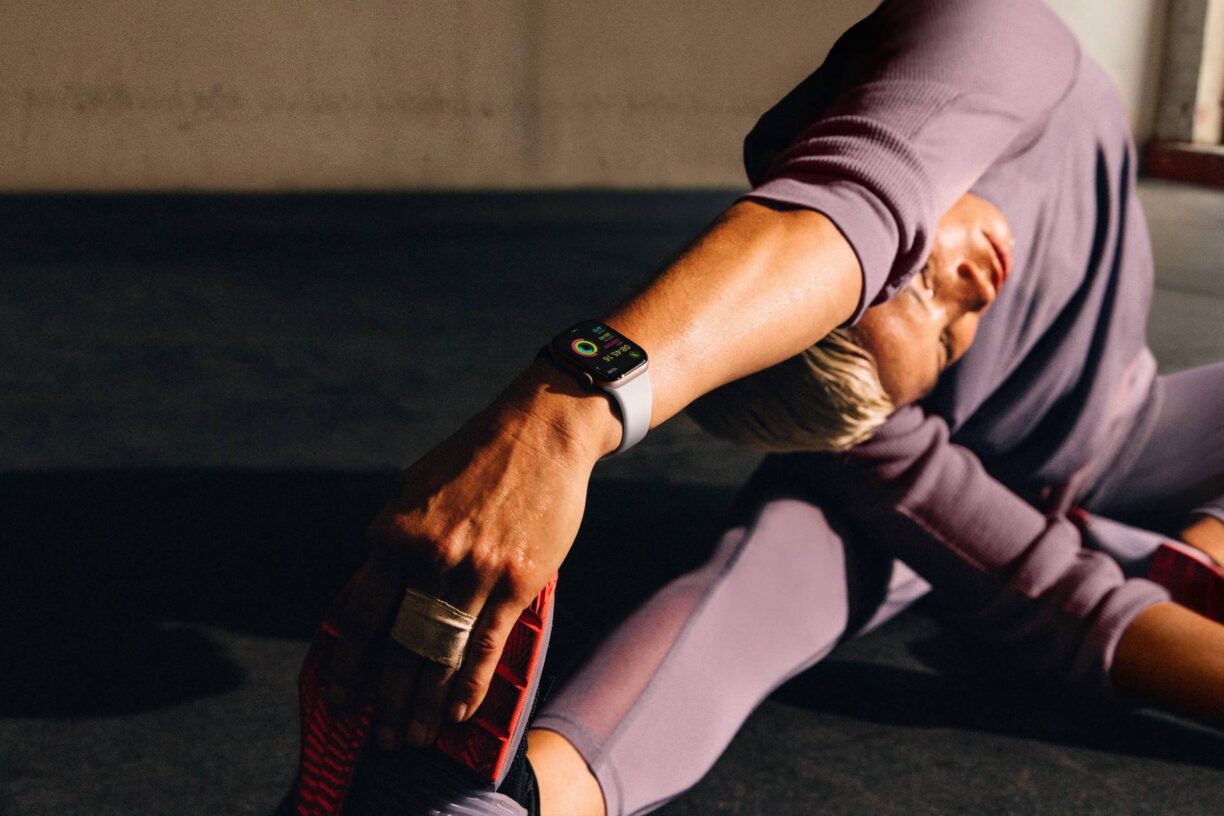Statistics from a recent study found that 95% of employees neglect taking microbreaks with 47% believing their mental health is being impacted by working in isolation, with exercise and microbreaks from the desk being a key component to sustaining good mental health.
Data collected from the study shows that 1 in 2 employees engage in less exercise and stretching routines less frequently when home working.
The ‘Working from home’ study, conducted by remote team building company Wildgoose, asked employees from 133 companies throughout the UK how their exercise routines have changed when working from home, whether home working has impacted mental health, and how companies could encourage microbreaks in order to protect mental health.
With the onset of winter months meaning less daylight hours and colder conditions, combined with another restrictive lockdown, taking care of employee mental health must remain a top priority for businesses over winter when home working.
According to statistics from The Weather Group, seasonal changes have a strong impact on mental health in the UK: 57% of adults say their overall mood is worse in the winter compared to the summer, along with 66% claiming their mood in the winter makes them feel less active.
This data highlights the need for companies to mimic the office working environment by encouraging microbreaks for the winter season.
Wildgoose found microbreaks lasting a few minutes are linked to wellbeing, productivity, good company morale and a happier working environment.
How exactly have working habits changed?
Wildgoose’s research shows that a large portion of the working population are not taking sufficient breaks from the desk every hour (47%), failing to take breaks for physical activity or stretching (50%), and a large portion of UK employees (61%) losing social aspects of work and the mental benefits that accompany them.
As well as improving the overall wellbeing of employees, according to the Mental Health Foundation, better mental health support in the workplace can save UK businesses up to £8 billion per year.
Lee Chambers, Environmental Psychologist and founder of Essentialise Workplace Wellbeing, says: “The landscape has changed considerably due to Covid. For some organisations, the economic challenges have led to them reducing budgets for wellbeing, as it is seen as something that doesn’t directly impact the bottom line in the immediate term.
But even with a reduced budget, you can implement effective wellbeing provision if it is done with a measurable and strategic design.”
“From a business perspective, it is more challenging to get employees engaged in physical activity in the darker colder months.
The easiest way to engage employees, especially in these challenging times, is to bind fitness into existing business processes.
Getting employees engaged is about making it easy, keeping it simple, having them involved in the creation of activities, and making them attractive.
And don’t forget; as a leader, you need to be at the front of the fitness queue, and your employees will take your lead and engage too.”
What can companies do to tackle this issue?
- Provide an incentive to get moving. Whether this means rewarding any employee who completes a daily walking challenge, or giving a prize to the most improved runner, creating an incentive may boost home-workers’ self-motivation to get moving by giving them something to work towards, as well as adding some friendly competition into the mix!
- Encourage employees to embrace winter. Even a quick 10-minute brisk walk can positively impact mood and refocus the mind. Putting on a few extra layers, clutching onto a flask of tea and adopting a positive mindset can shift the cold weather from being something to endure, to a valuable opportunity to get some fresh air.
- Offer indoor-friendly exercise options. With the availability of online resources and classes, communicate the variety of exercise choices available to employees. The dark and the cold are no obstacle for yoga classes or HIIT workouts that can slot into weekly routines and easily be carried out in a small indoor space.
- Schedule time for informal catch ups. A quick chat with a colleague can reduce stress levels, and can still take place when no one is in the same room. Firstly, actively creating time slots for employees to connect outside of regular meetings can promote those working from home to interact informally. Secondly, ‘walk and talk’ meetings in which employees chat on the phone whilst strolling outdoors can be a great opportunity to get away from the desk.
- Encourage time away from the screen. Staring at a computer all day puts a lot of strain on the eyes and the rest of the body. This can be alleviated by regular microbreaks: meditating, going for a walk or reading a newspaper are all ways to get our eyes away from screens and recharge.
Commenting on the findings, Wildgoose managing director Jonny Edser states:
“Remote working has presented challenges for companies of all sizes, and morale is right up there with the biggest of them.
When you take away tea breaks and office chats, teams can struggle to stay motivated at a distance, which makes regular team-building exercises more important than they’ve ever been.
We’ve adapted our offering to help companies with remote workforces by looking at what most engages people about team-building – social interaction, that sense of collaboration and staying connected with colleagues – They’ve seen a fantastic response, and we expect this trend to continue growing.”





